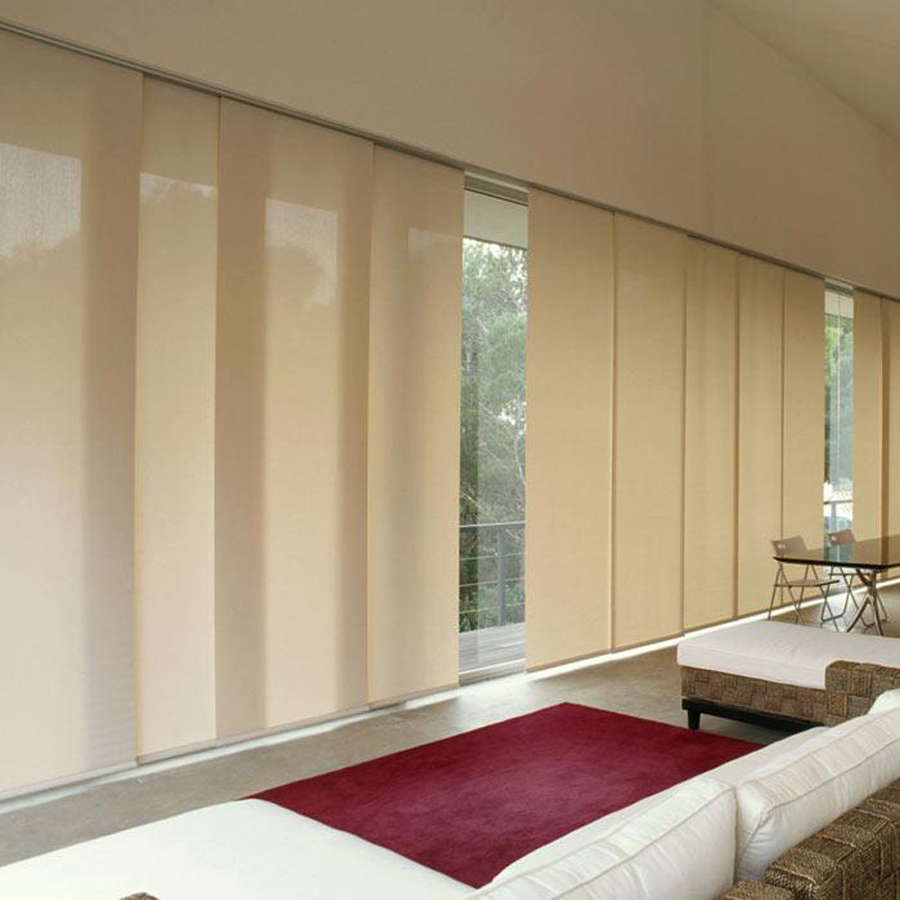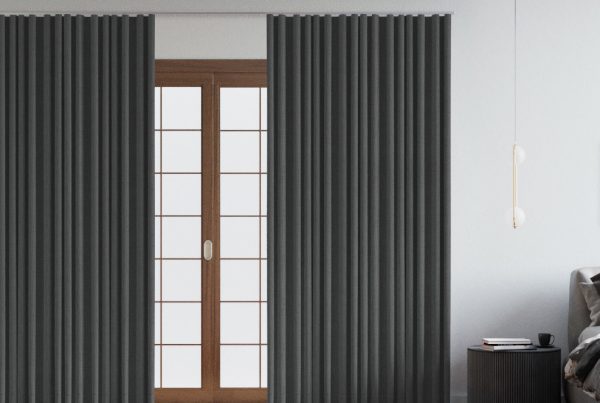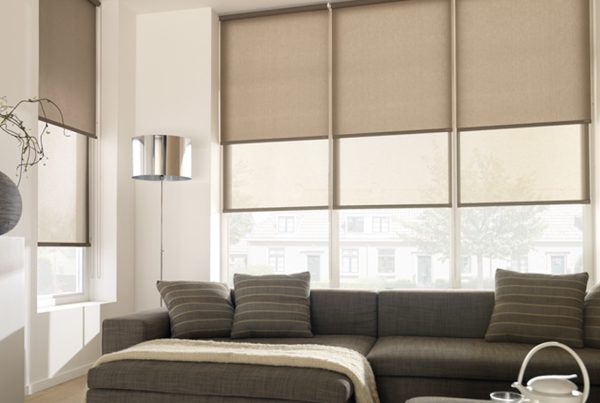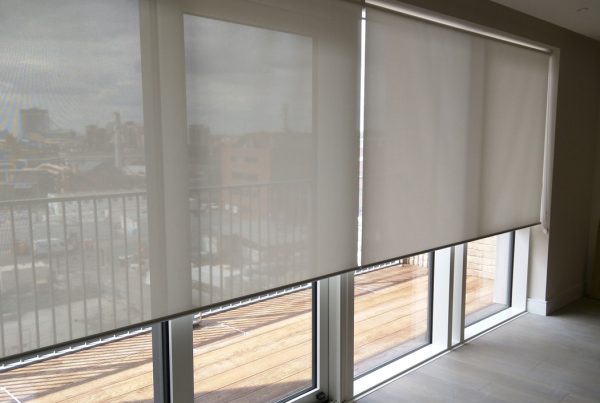Roller blinds are widely used in both offices and living spaces. Roller blinds have different shapes, are made of different types of fabrics, and vary depending on the preferences of the buyer. Some only turn on the sunlight, others block the room almost completely. And also, there are curtains with the principle of manual and mechanical work. The possibility of convenient adjustment of the blinds is an important aspect of their operation, so it is useful to learn more about the mechanisms.
Types of roller blinds mechanisms
Cord chain – the main element of the curtain adjustment. It can be located on both sides of the mesh fabric. Level locking of the curtain is possible at any height. To do this, you simply need to pull the rope and stop as necessary. The fabric is wound on the cornice on the wrong side.
Spring mechanism running roller blinds – The blinds are fixed to the required level manually using a special ball attached to the fabric base or with a handle. The curtain must be pulled down and closed to the required level. This task is performed by a locking mechanism. Opening the system, in order to return the shadow to its original position is very simple. To do this, the curtain should be slightly pulled, and then raised.
Electronic control system – The blinds are controlled by an electric motor. Basically, this method is used in the event that manual control is difficult due to the inaccessibility of the blinds. For example, if the mechanism is installed at the top of the ceiling.
Advantages of Roller Blinds
The ability to adjust the level of the blinds at any height enables you to set the desired level of illumination.
This type of curtains can be used together with all usual curtains, not being afraid to spoil the design of the room;
Roller blinds are easy to maintain and operate remotely;
A variety of impregnations are available, which give the curtains the desired properties.











